2-Ethylcaproic acid
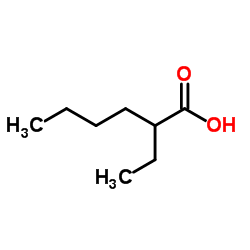
2-Ethylcaproic acid structure
|
Common Name | 2-Ethylcaproic acid | ||
|---|---|---|---|---|
| CAS Number | 149-57-5 | Molecular Weight | 144.211 | |
| Density | 0.9±0.1 g/cm3 | Boiling Point | 228.0±0.0 °C at 760 mmHg | |
| Molecular Formula | C8H16O2 | Melting Point | -59 °C | |
| MSDS | Chinese USA | Flash Point | 116.6±6.9 °C | |
| Symbol |

GHS08 |
Signal Word | Warning | |
| Name | 2-Ethylhexanoic acid |
|---|---|
| Synonym | More Synonyms |
| Density | 0.9±0.1 g/cm3 |
|---|---|
| Boiling Point | 228.0±0.0 °C at 760 mmHg |
| Melting Point | -59 °C |
| Molecular Formula | C8H16O2 |
| Molecular Weight | 144.211 |
| Flash Point | 116.6±6.9 °C |
| Exact Mass | 144.115036 |
| PSA | 37.30000 |
| LogP | 2.72 |
| Vapour density | 4.98 (vs air) |
| Vapour Pressure | 0.0±0.9 mmHg at 25°C |
| Index of Refraction | 1.435 |
| Stability | Stable. Combustible. Incompatible with strong oxidizing agents, reducing agents, bases. |
| Water Solubility | 2 g/L (20 ºC) |
CHEMICAL IDENTIFICATION
HEALTH HAZARD DATAACUTE TOXICITY DATA
MUTATION DATA
|
| Symbol |

GHS08 |
|---|---|
| Signal Word | Warning |
| Hazard Statements | H361d |
| Precautionary Statements | P280 |
| Personal Protective Equipment | Eyeshields;Faceshields;full-face respirator (US);Gloves;multi-purpose combination respirator cartridge (US);type ABEK (EN14387) respirator filter |
| Hazard Codes | Xn:Harmful |
| Risk Phrases | R63 |
| Safety Phrases | S36/37 |
| RIDADR | UN 3265 8/PG 2 |
| WGK Germany | 1 |
| RTECS | MO7700000 |
| Packaging Group | II |
| Hazard Class | 6.1 |
| HS Code | 29159080 |
| Precursor 8 | |
|---|---|
| DownStream 10 | |
| HS Code | 2915900090 |
|---|---|
| Summary | 2915900090 other saturated acyclic monocarboxylic acids and their anhydrides, halides, peroxides and peroxyacids; their halogenated, sulphonated, nitrated or nitrosated derivatives VAT:17.0% Tax rebate rate:9.0% Supervision conditions:AB(certificate of inspection for goods inward,certificate of inspection for goods outward) MFN tariff:5.5% General tariff:30.0% |
|
Carbonic anhydrase inhibitors. Inhibition of the β-class enzymes from the fungal pathogens Candida albicans and Cryptococcus neoformans with branched aliphatic/aromatic carboxylates and their derivatives.
Bioorg. Med. Chem. Lett. 21 , 2521-6, (2011) The inhibition of the β-carbonic anhydrases (CAs, EC 4.2.1.1) from the pathogenic fungi Cryptococcus neoformans (Can2) and Candida albicans (Nce103) with a series of 25 branched aliphatic and aromatic... |
|
|
Structural variation governs substrate specificity for organic anion transporter (OAT) homologs. Potential remote sensing by OAT family members.
J. Biol. Chem. 282 , 23841-53, (2007) Organic anion transporters (OATs, SLC22) interact with a remarkably diverse array of endogenous and exogenous organic anions. However, little is known about the structural features that determine thei... |
|
|
Enabling unassisted solar water splitting by iron oxide and silicon.
Nat. Commun. 6 , 7447, (2015) Photoelectrochemical (PEC) water splitting promises a solution to the problem of large-scale solar energy storage. However, its development has been impeded by the poor performance of photoanodes, par... |
| Octanoic Acid |
| 2-ethyl-1-hexanoic acid |
| Hexanoic acid, 2-ethyl- |
| 2-ETHYLHEXOIC ACID |
| 2-ethyl-hexansyra |
| QVY4&2 |
| Ethylhexanoic acid |
| CARBOXYLIC ACID C8 |
| EINECS 205-743-6 |
| 2-Ethylcaproic acid |
| 2-ethylhexanoic |
| 2-Ethylhexanoic acid |
| 2-ethyl-hexanoic acid |
| MFCD00002675 |
| Neodymoctic acid |
| Ethylhexoic acid |
 CAS#:123-05-7
CAS#:123-05-7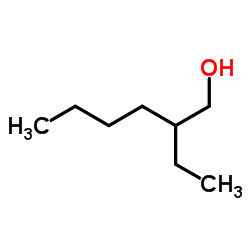 CAS#:104-76-7
CAS#:104-76-7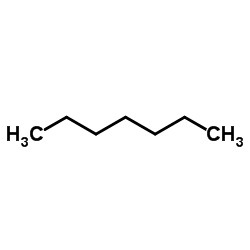 CAS#:142-82-5
CAS#:142-82-5 CAS#:201230-82-2
CAS#:201230-82-2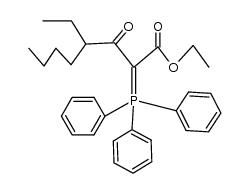 CAS#:62251-85-8
CAS#:62251-85-8 CAS#:187737-37-7
CAS#:187737-37-7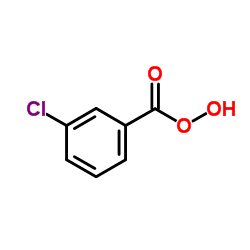 CAS#:937-14-4
CAS#:937-14-4 CAS#:73590-85-9
CAS#:73590-85-9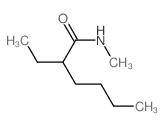 CAS#:1114-75-6
CAS#:1114-75-6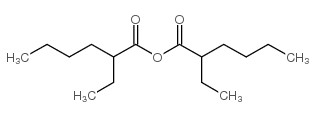 CAS#:36765-89-6
CAS#:36765-89-6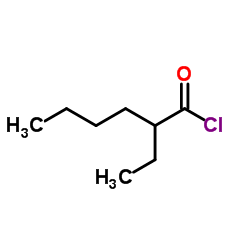 CAS#:760-67-8
CAS#:760-67-8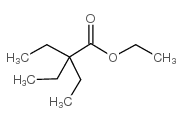 CAS#:34666-17-6
CAS#:34666-17-6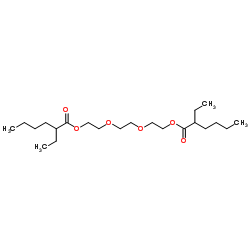 CAS#:94-28-0
CAS#:94-28-0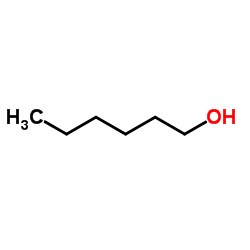 CAS#:111-27-3
CAS#:111-27-3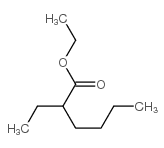 CAS#:2983-37-1
CAS#:2983-37-1 CAS#:592-78-9
CAS#:592-78-9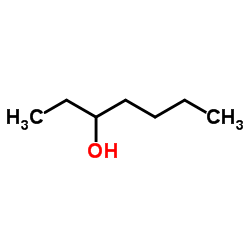 CAS#:589-82-2
CAS#:589-82-2 CAS#:592-77-8
CAS#:592-77-8
